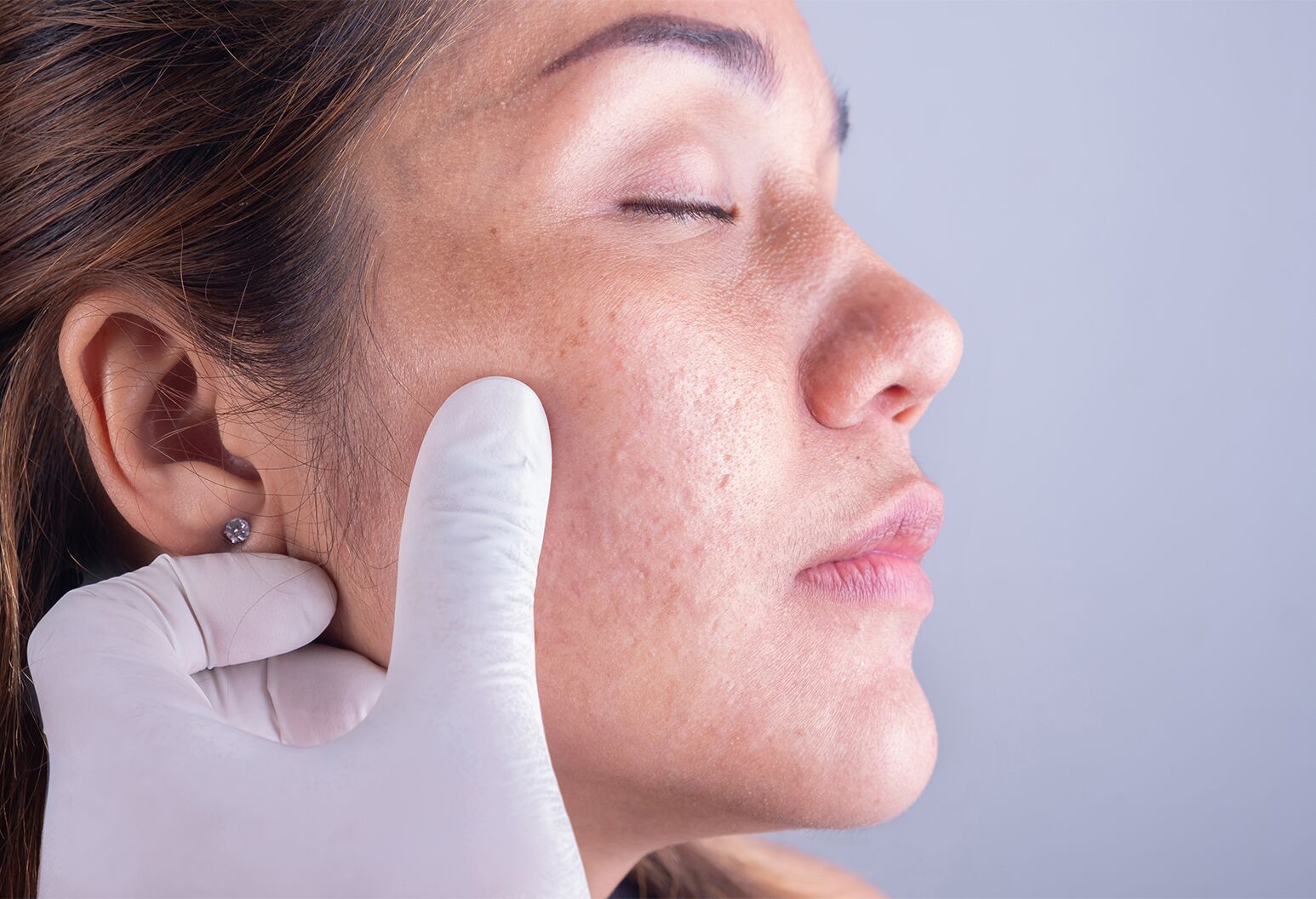Book an appointment with mohs surgery for skin cancer with a certified specialist.
Book an appointment with mohs surgery for skin cancer with a certified specialist.
Blog Article
Navigating Skin Cancer Cells Therapy: The Important Duty of Mohs in Modern Dermatology Practices
Skin cancer cells, a complicated diagnosis, often leaves people coming to grips with numerous therapy options. Amongst these, Mohs surgery stands as a sign in modern dermatology, renowned for its meticulous technique to cancer removal and preservation of bordering healthy cells. This cutting-edge technique assures not only superior cosmetic results however additionally uses instant results, easing individual anxiety. As we check out the details of this procedure, one will certainly value its critical duty in skin cancer treatment.
Understanding Skin Cancer: Kinds and Threats
There are 3 major kinds of skin cancer cells: Basic cell carcinoma, Squamous cell cancer, and Cancer malignancy. It accounts for just concerning 1% of skin cancer cases but causes the vast bulk of skin cancer cells deaths. Danger factors include reasonable skin, history of sunburn, excessive sunlight direct exposure, living at high elevations or close to the equator, having many moles, a family members background of skin cancer, and weakened immune system.
What Is Mohs Surgery and Just How It's Reinventing Skin Cancer Treatment
Despite the many therapies presently offered for skin cancer cells, Mohs surgery attracts attention as a groundbreaking and highly efficient solution. Named after Frederic E. Mohs, the medical professional who established the treatment, Mohs surgery is a specific surgical method made use of to treat skin cancer. Throughout the treatment, thin layers of cancer-containing skin are progressively gotten rid of and examined up until only cancer-free tissue stays. This strategy permits the cosmetic surgeon to confirm that all cancer cells have actually been gotten rid of at the time of surgical procedure. This degree of precision, integrated with the capability to save as much healthy and balanced tissue as possible, is reinventing skin cancer cells therapy. Because of this, Mohs surgery has ended up being a keystone of modern-day dermatology techniques.
The Advantages of Mohs Surgical Procedure Over Typical Skin Cancer Cells Treatments
Building on the innovative nature of Mohs surgery, it's vital to consider its many advantages over conventional skin cancer treatments. Unlike basic procedures, Mohs supplies a greater remedy rate, often getting to 99% for newbie treatments and 94% for reoccurring cancers cells. This accuracy is due to its unique strategy of gradually removing and examining cells layers until just This Site cancer-free cells stay (skin cancer). Additionally, it decreases damage to healthy and balanced skin, causing less scarring and boosted cosmetic end results. Mohs likewise provides prompt results, removing the anxiety-ridden wait usual with other approaches. It's affordable, as the surgical procedure and microscopic assessment happen concurrently, removing the need for added laboratory services. Hence, Mohs stands for a considerable innovation in dermatological methods.
The Treatment of Mohs Surgical Procedure: What to Expect During the Process

Possible Side Effects and Post-Operative Treatment of Mohs Surgical Treatment
Undertaking Mohs surgical treatment, like any other procedure, includes potential negative effects that patients must be aware of. Common side results consist of discomfort, wounding, and swelling at the surgery website. These are normally momentary and workable with non-prescription pain medication and ice packs. In rare instances, patients might experience infection, blood loss, or look at this now an allergy to the anesthetic. Post-operative treatment is crucial to recovery and reducing adverse effects. This normally involves maintaining the injury clean and dry, taking proposed medicines, and staying clear of strenuous tasks. Patients should additionally participate in all follow-up consultations for injury treatment and tracking. In many cases, extra treatments may be necessary to ensure complete elimination of the malignant cells. Complying with these post-operative care guidelines can greatly enhance recovery and outcomes.
Verdict

Report this page